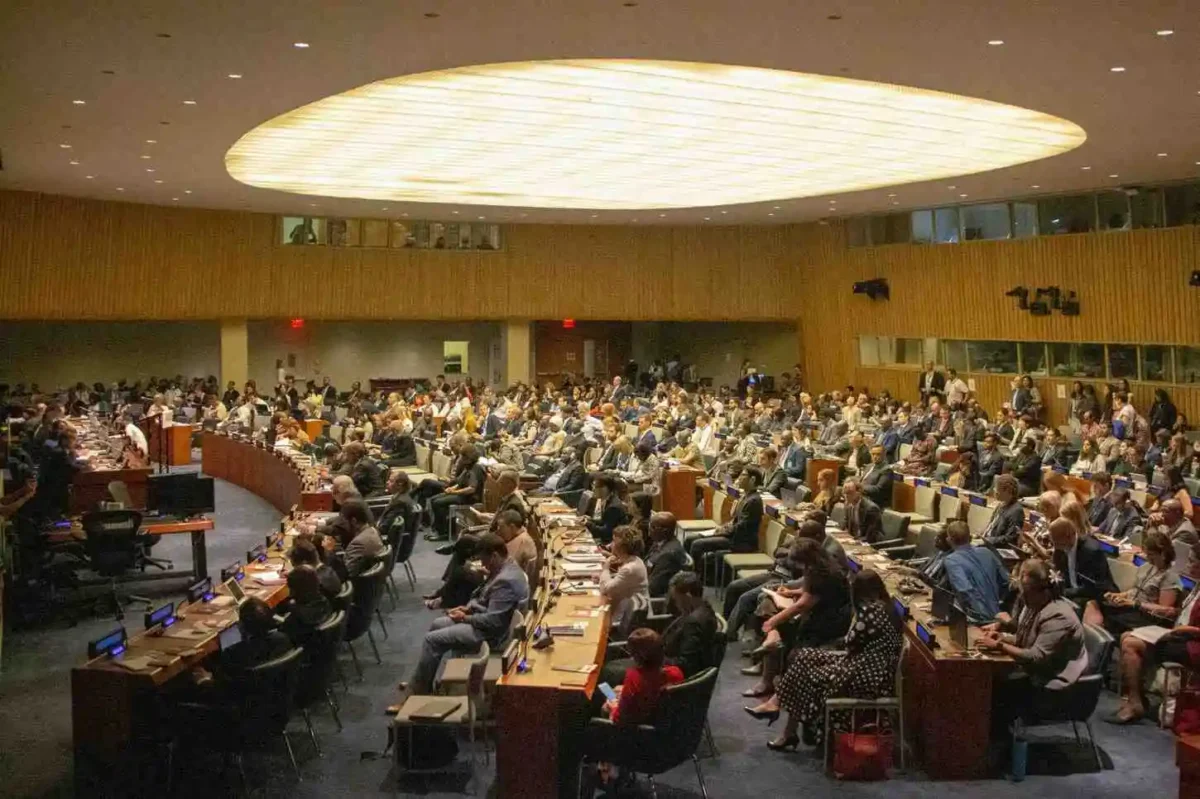At least 66 people have been killed, while hundreds of thousands fled their homes as one of the most powerful typhoons this year tore through the central Philippines, officials said.
Typhoon Kalmaegi has overwhelmed whole towns on the most populated central island of Cebu, where 49 of the fatalities were found. Twenty-six others are lost, a gracious resistance official said in a radio interview on Wednesday.
Witnesses reported people taking refuge on rooftops as floodwaters swept cars and shipping containers through the streets.
The official toll incorporates six crew members of a military helicopter that crashed on Mindanao Island, south of Cebu, after it was dispatched to help in relief efforts.
The flying machine went down on Tuesday, close to Agusan del Sur, and was one of four sent to help.
“Communication with the helicopter was misplaced, which instantly provoked the dispatch of a look and protect operation,” the Philippine Discuss Drive said. Afterward, a representative said six bodies had been recovered, identified as those of the pilot and crew.
The typhoon, locally named Tino, has weakened since making landfall early on Tuesday but has continued to bring winds of more than 80 mph (130 km/h).
It is forecast to move over the Visayas islands and out over the South China Sea by Wednesday.
But inhabitants all over Cebu territory are still reeling from the dangerous surges. More than 400,000 individuals have been uprooted by the catastrophe, according to a report on Wednesday by the national disaster agency.

Jel-an Moira Servas, a trade proprietor who lives in Mandaue City, told the BBC that she found herself waist-deep in water within minutes when her house was flooded. She rapidly emptied with her family, bringing, as it were, light things like nourishment and electronics.
“Right presently, the rain has totally halted and the sun is out, but our houses are still filled with mud, and everything interior is in shambles,” she said. “We do not indeed know where to begin cleaning. I can’t, indeed, see it without crying.”
Rafaelito Alejandro, the appointed chairman at the Office of Gracious Resistance, told nearby radio station DZMM that the current challenge for rescuers was clearing “flotsam and jetsam and cars on the road.”
Carlos Jose Lañas, a volunteer rescuer, told the BBC that in spite of planning for the worst-case scenario, they were caught off guard by the degree of the flooding.
“This is the most exceedingly bad surge I’ve ever experienced,” the 19-year-old said. “Nearly all the streams here in Cebu are flooded. Indeed, crisis responders did not anticipate this kind of scenario.”
“The protective operation was also overpowering for the crisis responders around Cebu, since there was a group of individuals inquiring for help.”
In a Facebook post, Cebu representative Pamela Baricuatro depicted the calamity as “unprecedented.”
“We were anticipating the winds to be the perilous portion, but… the water is what’s genuinely putting our individuals at risk,” she said. “The floodwaters are fairly devastating.”
Baricuatro announced a state of adversity in Cebu on Tuesday evening to encourage catastrophe help efforts.
Most of the deaths were caused by drowning, reports said. The typhoon has sent torrents of muddy water down hillsides and into towns and cities.
Damage to private regions on Cebu was broad, with numerous small buildings cleared away and a thick carpet of mud cleared out by the withdrawing floodwaters. Rescue groups took to the pontoons to free individuals who were caught inside their houses.
Don del Rosario, 28, was among those in Cebu City who sought refuge on an upper floor as the typhoon raged.
“I’ve been here for 28 years, and this is by far the most exceedingly bad we’ve experienced,” he told the AFP news agency.
The Philippines is hit by an average of 20 typhoons each year.
The most recent comes barely a month after back-to-back tropical storms killed more than a dozen people and damaged infrastructure and crops.
Super Typhoon Ragasa, known locally as Nando, struck in late September, followed quickly by Tropical Storm Bualoi, known locally as Opong.
In recent months, an exceptionally wet monsoon season has caused widespread flooding, sparking outrage and protests over incomplete and substandard flood-control systems blamed on corruption.
On 30 September, hundreds were murdered and harmed after a magnitude 6.9 seismic tremor struck the central Philippines, with Cebu bearing the brunt of the damage.
Typhoon Kalmaegi is estimated to move on to Vietnam, which is, as of now, seeing record-breaking precipitation.



